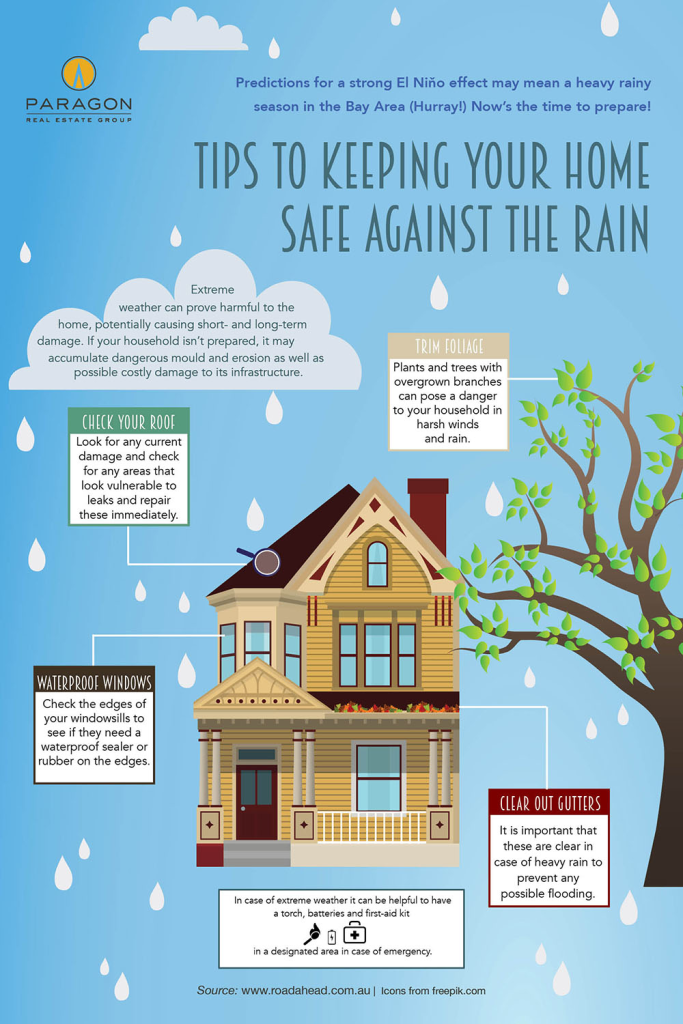Usual Risks In Roof Covering Setup And Ways To Avoid Them
Usual Risks In Roof Covering Setup And Ways To Avoid Them
Blog Article
Web Content Writer-Lee Rogers
When you're planning a roof installment, it's simple to forget essential details that can lead to substantial troubles down the line. You may be tempted to cut edges on product choice or avoid correct flashing setup, but these typical blunders can lead to expensive repairs later on. Recognizing the importance of ventilation and adhering to local building ordinance is essential for a successful project. So, what are the essential steps you should require to guarantee your roofing system stands the test of time? Let's discover some effective methods to avoid these pitfalls.
Poor Material Choice
When it pertains to roofing installation, selecting the wrong materials can cause pricey troubles down the line. You may assume that any roof product will do, but that's a common mistaken belief. It's critical to choose products that match your regional climate and the specific demands of your home.
As an example, if you stay in an area with hefty rain or snow, opting for asphalt roof shingles might not be the best option. Rather, think about more sturdy choices like metal or slate.
In addition, pay attention to the top quality of the materials you're thinking about. Cheap materials might conserve you money upfront, but they usually lack longevity and can lead to frequent repair work or substitutes.
You should additionally think of the design of your home and ensure the materials you pick will maintain its visual appeal.
Ultimately, don't neglect to consult with specialists. They can offer valuable insights and advise products that adhere to local building codes.
Spending time in appropriate product choice now can help you stay clear of frustrations and expenditures in the future, making your roof project a success.
Inadequate Flashing Setup
Selecting the best materials isn't the only element that can cause roof problems; poor blinking installment can likewise create significant problems. Flashing is visit my web site for routing water far from susceptible locations, such as smokeshafts, skylights, and roofing valleys. If it's not mounted properly, you risk water invasion, which can cause mold development and architectural damage.
When you install flashing, ensure it's the ideal kind for your roof covering's style and the neighborhood climate. For instance, steel blinking is typically extra sturdy than plastic in locations with heavy rainfall or snow. Make sure the flashing overlaps properly and is secured snugly to prevent spaces where water can leak via.
You ought to likewise take notice of the installation angle. Flashing ought to be placed to helpful site from your house, not towards it.
If you're not sure regarding the installment procedure or the products needed, get in touch with a professional. They can aid identify the most effective blinking options and ensure everything is set up properly, securing your home from possible water damages.
Taking these actions can conserve you time, cash, and migraines down the road.
Neglecting Air Flow Requirements
While many home owners focus on the aesthetic and structural aspects of roof covering installment, overlooking air flow needs can bring about serious long-lasting consequences. Appropriate ventilation is essential for regulating temperature and dampness degrees in your attic room, protecting against concerns like mold growth, timber rot, and ice dams. If you don't mount adequate air flow, you're setting your roof up for failure.
To avoid this blunder, first, evaluate your home's details ventilation demands. A well balanced system usually consists of both consumption and exhaust vents to advertise air flow. Ensure you have actually installed soffit vents along the eaves and ridge vents at the top of your roof covering. This mix allows hot air to get away while cooler air gets in, keeping your attic room area comfortable.
Also, take into consideration the kind of roof material you have actually picked. https://www.bobvila.com/articles/hiring-a-roofer/ may require added air flow techniques. Verify your neighborhood building codes for air flow standards, as they can vary considerably.
Lastly, don't forget to check your air flow system frequently. Obstructions from particles or insulation can hinder air flow, so keep those vents clear.
Verdict
In conclusion, preventing common roof covering installation mistakes is essential to ensuring your roof covering's durability and effectiveness. By choosing the best materials for your environment, mounting blinking correctly, and resolving ventilation needs, you can protect against expensive problems in the future. Do not forget to acquaint on https://reliable-roofing-company84061.ttblogs.com/13629741/delve-into-the-effect-of-unpredictable-climate-on-your-roofing-installment-timeline-and-gain-insights-right-into-necessary-techniques-that-will-certainly-help-you-navigate-the-task-effectively-regardless-of-external-problems with local building regulations and routine normal assessments. With these steps, you'll delight in a risk-free, sturdy roof covering that secures your home for several years ahead. Delighted roof covering!
